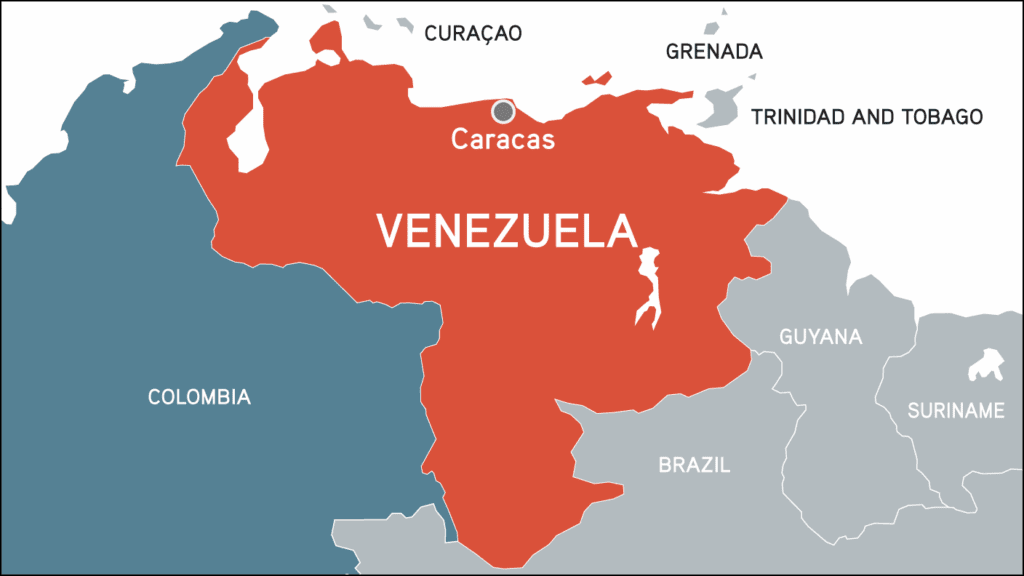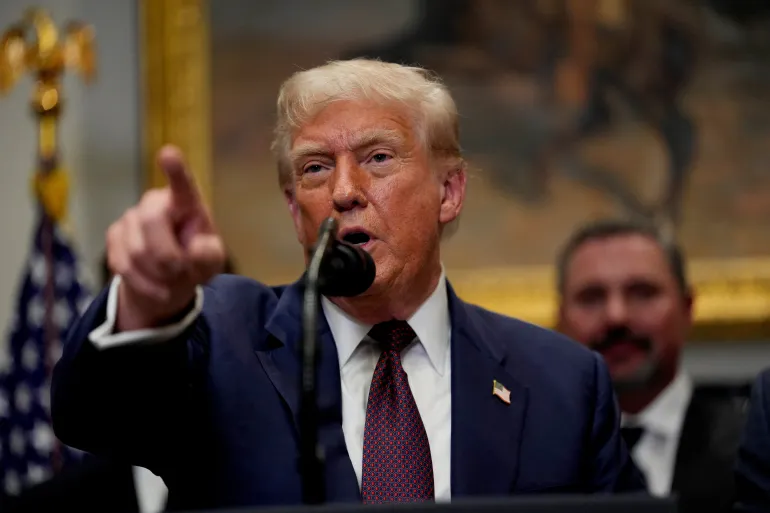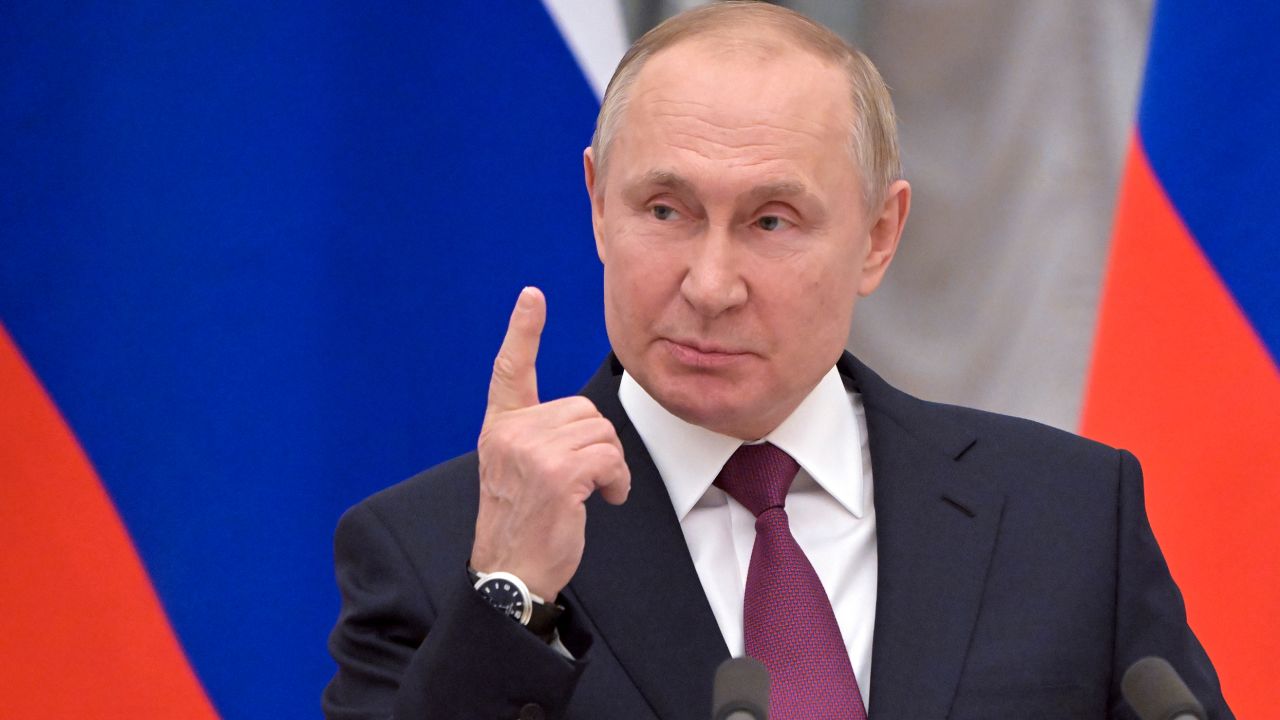President Donald Trump is set to announce sweeping tariffs on U.S. imports on April 2, which he’s dubbed “Liberation Day.” However, experts are raising concerns that if U.S. trade partners retaliate with countermeasures, the result could be a global trade war, which would drive up inflation and slow economic growth worldwide.
The specific details of Trump’s new tariffs remain uncertain—questions linger about whether he’ll impose a flat tariff rate of 10%, 20%, or perhaps maintain the 25% tariffs already applied to steel, aluminum, and automobile imports. Another unknown is whether Trump will apply these tariffs universally or target individual countries, potentially offering negotiations under a “reciprocal tariff” approach.
Since February, Trump’s fluctuating trade announcements have left markets uneasy, with investors unsure whether these tariffs are permanent or merely a bargaining tactic. Despite this uncertainty, one thing remains clear: Trump has long claimed that other countries exploit the U.S. in trade deals, and he views tariffs as crucial for boosting domestic manufacturing, bringing jobs back to the U.S., and financing future tax cuts.
Trump’s upcoming April 2 announcement follows a series of aggressive trade moves since his return to the White House in January. Although the full details of his “Liberation Day” plans are not yet clear, his administration has indicated that tariffs will target countries based on the tariffs and non-tariff barriers (like subsidies) they impose on U.S. exports.
Trump’s statement that the tariffs will apply to “all countries” dampens hopes that only nations with significant trade imbalances with the U.S. will be affected. However, if these tariffs are open to negotiation, there may be room for adjustments on a case-by-case basis.
In a White House briefing on Monday, Trump claimed that his new tariffs would be “nicer” than those imposed by other countries, emphasizing that the rates would be lower in many cases, potentially substantially so. Despite this assurance, Trump also reiterated his belief that the U.S. has been taken advantage of by trading partners and that the tariffs would help bring “tremendous wealth” back to the U.S.
While Trump recently confirmed that tariffs will apply universally, he also expressed openness to negotiating with countries to avoid the new levies after the April 2 announcement.
In addition to the sweeping tariffs expected on April 2, other measures, such as a 25% tariff on all imports from Canada and Mexico, along with a 25% duty on all auto imports, are also scheduled to take effect. Trump has already imposed additional tariffs over the past months, including a 10% tariff on Chinese goods in February and a 20% tariff on Chinese imports in March, as well as a 25% tariff on steel and aluminum imports earlier in March.
Trump’s unpredictable tariff announcements have led to volatility in global markets. Investors are concerned about whether these tariffs are permanent or part of a broader negotiation strategy. On Sunday, Trump’s declaration that tariffs would apply to “all countries” heightened market fears, leading to sharp declines in Asian markets on Monday. Japan’s Nikkei index dropped by 4%, while South Korea’s Kospi fell by 3%, and European markets saw similar losses.
Gold, traditionally a safe-haven asset during market instability, surged to a record high of $3,106.79 per ounce.
According to Dario Perkins, managing director at TS Lombard, markets may not react strongly to Trump’s announcement, as it has been anticipated for months. However, Perkins warned that a shift away from hyper-globalization could hurt international supply chains, negatively affecting stock markets.
U.S. trade partners have already started preparing countermeasures. Canadian Prime Minister Mark Carney labeled Trump’s tariff plans as a “direct attack” on Canadian workers, pledging to respond with retaliatory actions that would have maximum impact on the U.S. but minimal effect on Canada.
The European Commission has similarly announced plans to impose counter tariffs on up to €26 billion ($28 billion) of U.S. goods in response to the March steel and aluminum tariffs. EU President Ursula von der Leyen expressed concerns that these tariffs would hurt businesses and consumers alike, though the EU continues to seek negotiated solutions.
Countries like China are also likely to retaliate with similar measures, though experts like Henry Gao from Singapore Management University believe that most nations will likely pursue bilateral agreements with the U.S. to resolve the issues without further escalating tensions.
While Trump has positioned these tariffs as a win for the U.S., economists and business leaders warn that they could lead to higher consumer prices, particularly as a significant portion of U.S. consumer goods are imported. For example, tariffs on cars are expected to raise the cost of production and sales in the U.S., ultimately driving up prices for consumers.
Recent data also revealed a significant drop in U.S. consumer sentiment, with March figures falling to their lowest levels since 2021. Goldman Sachs has raised the probability of a U.S. recession to 35% within the next year, citing concerns about the economic impact of these trade policies.
As President Trump’s tariff plans take shape, the global economy braces for potential disruptions. The continued uncertainty about whether these tariffs are a bargaining tactic or a permanent policy could have far-reaching consequences, not only for international trade but for the U.S. economy itself. If the trade war escalates, it could lead to higher inflation, slower growth, and possibly even a global recession.













